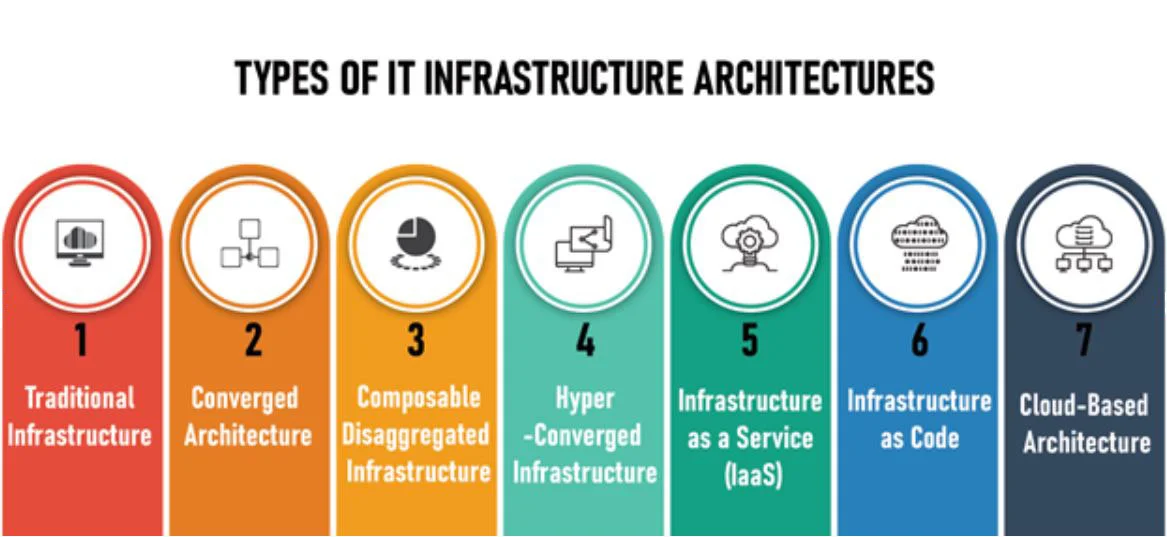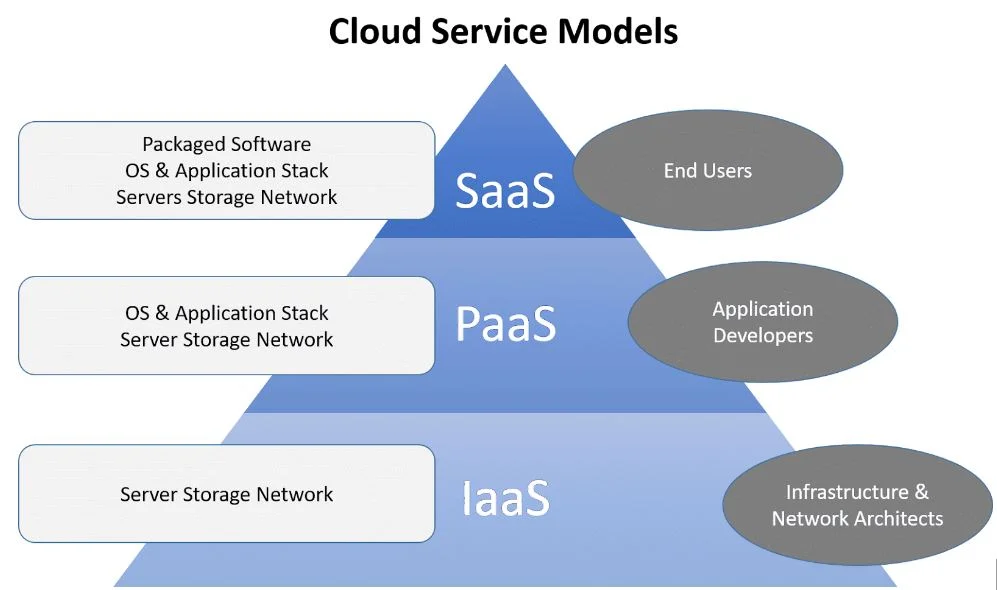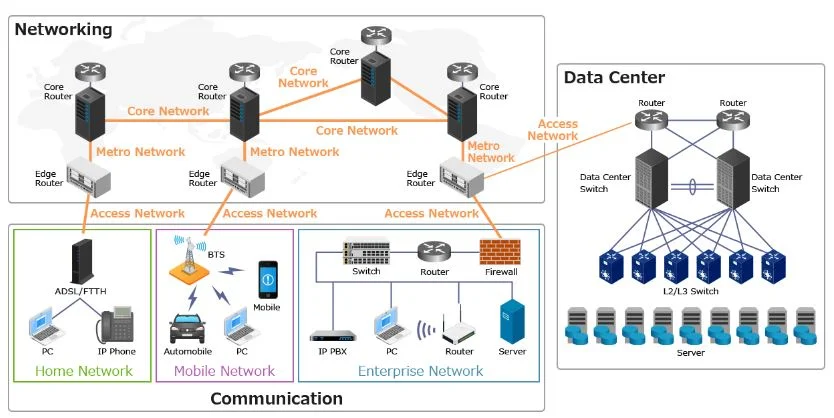Businesses are increasingly using cloud services to improve collaboration, optimize operations, and increase overall efficacy in the ever-evolving world of technology.
Corporations of every kind see the online environment to be an appealing alternative due to its many benefits, which range from cost-effectiveness to scalability. It could become challenging to pick the most appropriate cloud service provider for the business you represent, though, given the abundance of options accessible. We’ll go over the important things to consider in this full help when selecting a cloud service for your company.
Understanding Your Business Needs:
The first step in choosing the best cloud service provider (CSP) for your company is to understand your business needs. It entails a detailed assessment of your company’s targets, current technology platforms, and the particular needs of the work you do and applications. You can find the certification service provider (CSP) which best suit with your specific business setting and offers the greatest value with detailing the requirements in detail:

1. IT Infrastructure:
Understanding the hardware, software, and network components that underpin the technological functioning of your company is essential to defining your IT architecture. It includes both real and digital assets, such as:
2.Recognizing the Specific requirements of Your Business:
Establish the main objectives you hope to accomplish with cloud adoption. Are you looking for the use of specialist services, increased cooperation, increased agility, or reduced expenses?
3.Examine Workloads and Implications:
Determine which particular applications and tasks you want to move to the cloud and perform elsewhere. Take into account their demands for security, performance, various points of interface with current systems, and any legislative or information storage requirements.
4.Evaluate Data Management and Storage:
Recognize the extent, awareness, and availability demands of the data you need to safeguard, and also the standard of compliance and knowledge security required in your industry or regulatory environment.
5.Count on Future Expansion and Scalability:
Think about how your company will grow in the decades to come and the way the cloud-based service will scale depending on your needs.
6.Determine Resources and Skill Sets:
Evaluate the capacity and skills that you have on staff to oversee and assist with cloud implementations. Find out what education or other skills are needed to utilize cloud computing.
7.Create a budget and take costs into account:
Establish a precise spending limit before implementing cloud computing, and compare the expenses & pricing structures of various CSPs. Think about the total cost of ownership (TCO), which accounts for the expenses of the software, hardware, and support.
8.Include Industry-Specific Conditions:
Make sure that your cloud product respects any environmental / legal constraints related to the business and has the required certifications.
Additional steps of Understanding Your Business Needs:
- What problems or difficulties do you currently have with your IT infrastructure?
- What are your long-term strategic objectives, and how may cloud computing assist you in achieving them?
- What quality standards as well as application needs are special to you?
- What security and compliance standards must you meet?
- What are your financial restrictions and expenses related to adopting the cloud?
- What kind of assistance are you looking for from your cloud provider?
You may easily move the company via the sky from choosing an appropriate cloud provider while offering detailed responses to such questions & evaluate the company’s needs.
Evaluating Your Present Infrastructure and The ability:
It’s important to look at current technological capabilities along with abilities prior commencing your data center excursion. This entails evaluating your in-house IT experience, comprehending your present on-premises IT environment, and identifying any potential migration problems.
Some important things to consider are as follows:
Reliability to Infrastructure:
Can cloud-based solutions be compatible with the present IT infrastructure?
IT Basics:
Do you offer the internal IT skills and assets needed to oversee and assist cloud deployments?
Planning towards Migration:
How difficult will it be to move your current workloads and apps to the cloud?
Important things to keep in mind about when assessing CSPs are as follows:
Services Given:
Does the CSP provide the specific cloud services you require, such as Infrastructure as a Service (IaaS), Platform as a Service (PaaS), or Software as a Service (SaaS)?
International Opinion and Reach:
Does the CSP provide data centers in areas that are pertinent to the way your business operates display?
The security and Compliance:
Does the CSP fulfill the safety and compliance demands unique to this sector?
Customer satisfaction:
Does the CSP provide extensive knowledge of technology and assistance for customers to assist companies on the way as you move to the cloud?

3 major paradigms could be utilized for categorizing different kinds of internet offerings:
1.As a Service Infrastructure (IaaS):
IaaS offers the core components of cloud computing and typically grants access to virtual or personalized devices, communication abilities, and data storage capacity. With equipment as a Service (IaaS), companies can rent IT equipment as needed, doing away with the need to buy and maintain hardware. This option is appropriate for companies who demand an extensive amount of variation & full oversight in their information technology systems.
2.Software as a Platform (SaaS):
An application development, deployment, and operation system is supplied via PaaS. Because the underlying infrastructure is abstracted away, developers are free to concentrate on creating apps rather than worrying about the software itself or the hardware. PaaS lowers Technology expenditures by removing the requirement for companies to oversee and maintain their underlying infrastructure. For companies looking to streamline their software creation approach and cut back on additional costs, this strategy is appropriate over product development and deployment.
3.SaaS, or software as a service:
Software as a Service (SaaS) eliminates the requirement for local computer setup as well as upkeep via giving programs over the web. SaaS apps can usually be accessed via an application for smartphones or via the internet page. SaaS apps are simple to use and don’t require a lot of knowledge of technology or training. For businesses who require apps that are ready to use but do not want to handle the hassle of organizing and upholding their own IT resources, this approach is an ideal choice.
Apart from the previously mentioned three primary models, there exist novel categories of cloud services, including:
As a Service (FaaS) Component:
Developers may run code without worrying about maintaining servers or infrastructure due to FaaS’s serverless technology feature. Apps that are fueled by events as well exhibit disordered workload are the perfect fit with this kind of strategy.
CaaS, for container as a service:
A platform for implementing and overseeing containerized apps is offered by CaaS. Applications may be packaged and deployed more lightly with containers, and CaaS makes it easier to manage containers across a cluster of servers. Microservices architectures and applications that must be deployed across several environments are ideally suited for this approach to deployment.
Selecting the best kind of internet-based fluctuates according to what’s needed by the company. The kinds of responsibilities or software that will be run in the cloud, the organization’s budgetary restrictions, as a desired level or supervision of the system’s operation are all factors to take into account.
Understanding the hardware, software, and network components that support the technological functioning of your business is crucial for establishing your IT architecture. It includes both real and digital assets, such as:
Hardware:
- Servers: The real or virtual computers that house your personal information and programs.
- Storage: The term for hardware used to store info, including network-associated storage (NAS) devices, solid-state devices (SSDs), and hard drives.
- Networking Equipment: Devices like networks switches, routers, & firewalls which connect your PCs and other devices to the network.
- End-user Devices: Tablets, smartphones, laptops, & computers that staff members use.
Software:
- Operating systems: software programs that control hardware and provide a window on which to run programs.
- Applications: the programs that are used by your company to carry out business operations. Examples include productive applications, CRM software, as well as enterprise resource planning, or ERP, systems.
- Software for security: Software that guards your personal information & systems from malware, illegal access, and other risks.
Network Infrastructure:
- Local Area Networks (LANs): Networks that connect devices within a limited area, such as a building or campus.
- Wide Area Networks (WANs): These are types of networks that link devices across a greater distance, with the value of several offices or regions.
- Internet connectivity is the ability for your company to communicate with others and use web-based assets. It is the link to the public internet.
.


Bentin Ali Benilmal
Our Conclusion
Making the best cloud service strategy for the organization is an investment that has to be carefully planned out. You can make an informed decision that supports the objectives of your company by analyzing your company’s requirements, analyzing the benefits and cons of various cloud service choices, giving security and compliance first priority, and taking scalability, costs, and service into account. Recall that the ideal cloud service is an individual plan that improves your company’s output, agility, and effectiveness in the digital era rather than a one-size-fits-all answer.
You may make an informed choice that adds benefit or fits your specific company situation through carefully considering your requirements, your present capabilities, and the landscape of cloud providers. With confidence, embrace the cloud and capitalize on its disruptive abilities to boost your company.


